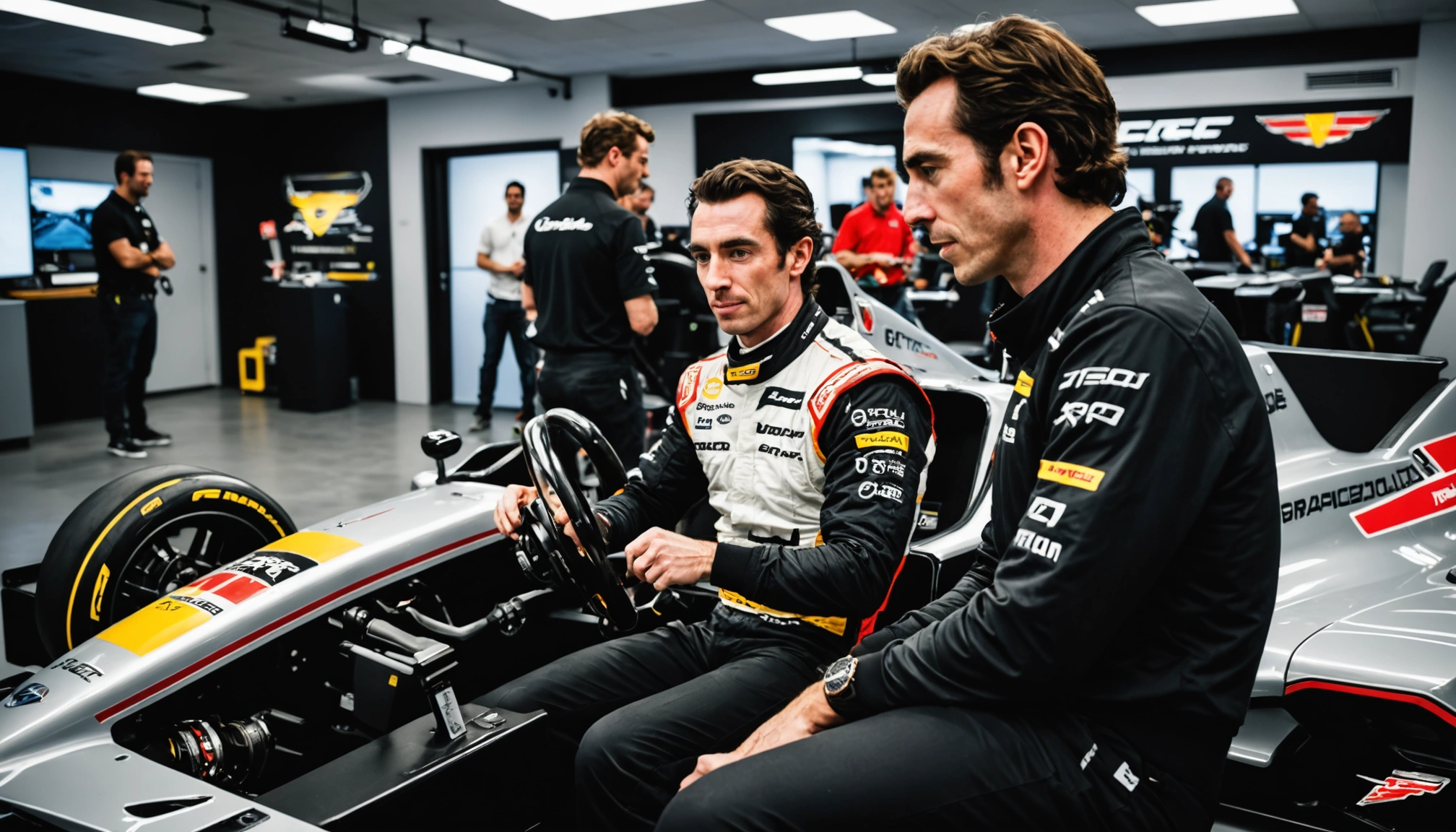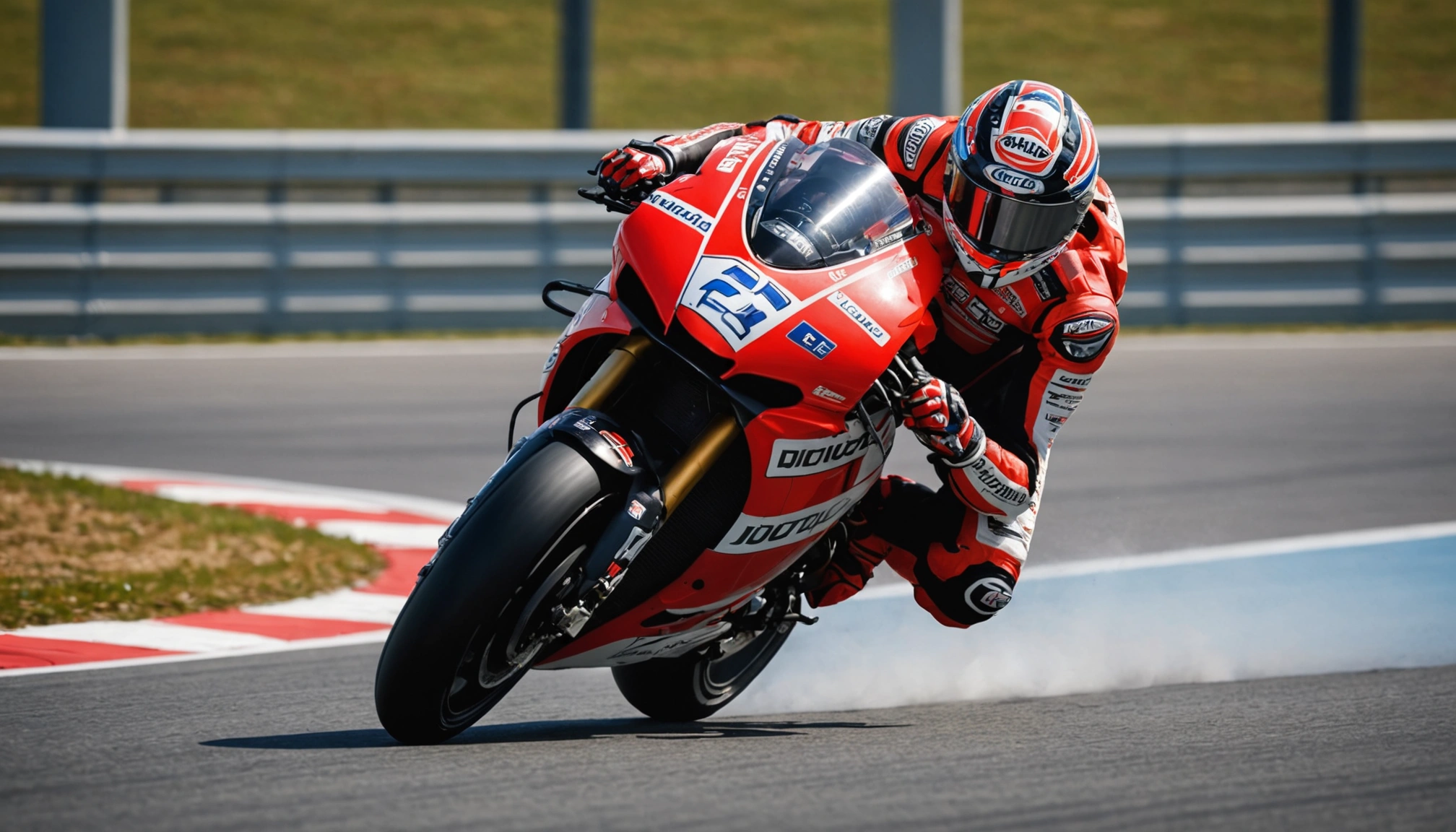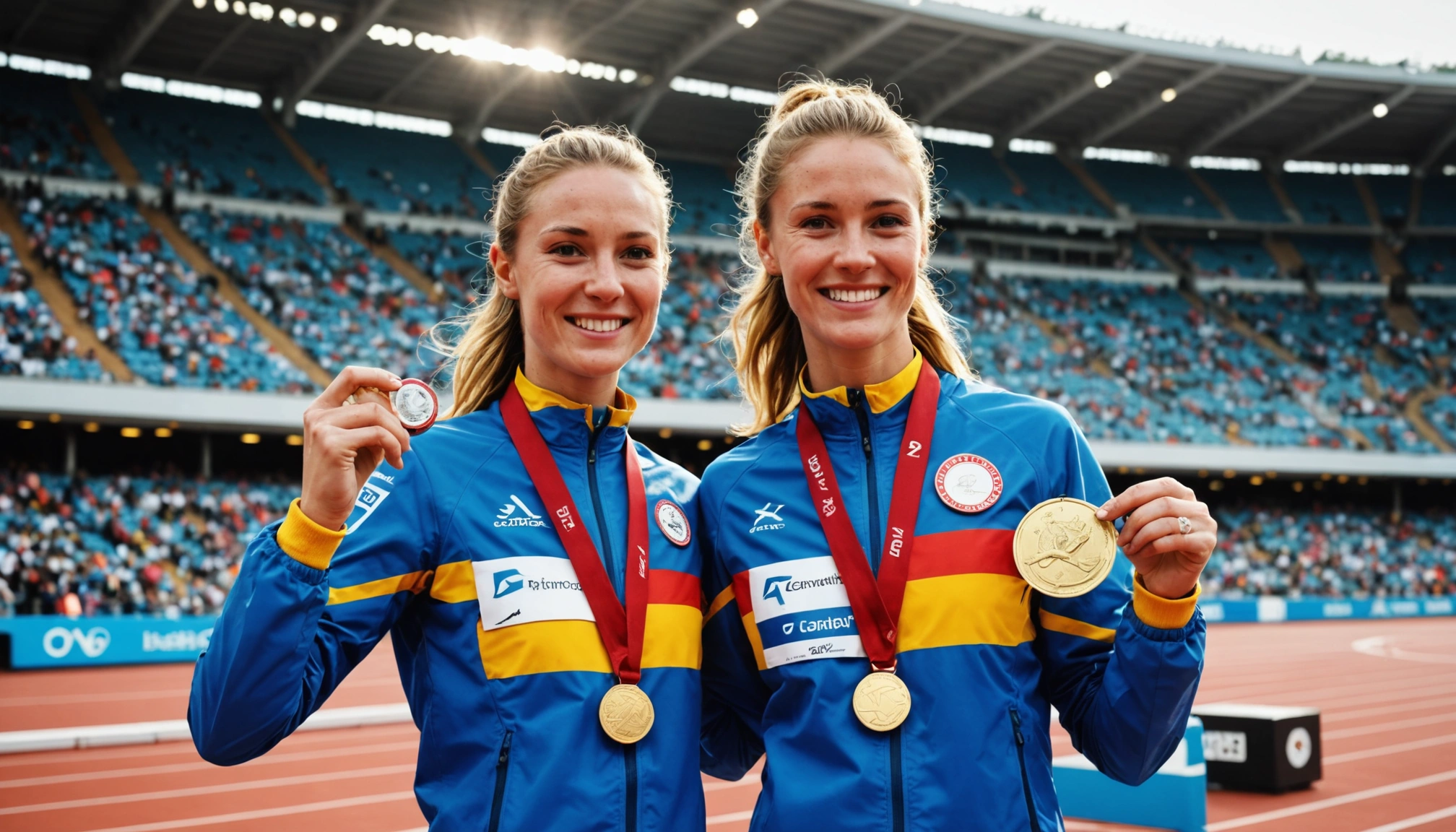Cadillac F1 Team Announces Simon Pagenaud And Pietro Fittipaldi As Sim Drivers
Discover how Cadillac F1's latest sim driver appointments of Simon Pagenaud and Pietro Fittipaldi aim to boost their racing performance and digital strategy.

By Editorial
Introduction To Cadillac's Latest Sim Driver Appointments
The Cadillac F1 team has recently revealed Simon Pagenaud and Pietro Fittipaldi as their official sim drivers. This strategic move highlights the growing importance of simulation racing in refining driver skills and enhancing team performance in the highly competitive world of Formula 1. As virtual racing technology evolves, teams like Cadillac are investing in top-tier talent to bridge the gap between the digital and physical tracks.
Who Are Simon Pagenaud And Pietro Fittipaldi?
Simon Pagenaud's Racing Legacy
Simon Pagenaud, a celebrated French driver, is best known for his remarkable career in IndyCar, including winning the 2016 Indianapolis 500 and clinching the 2016 IndyCar Series Championship. His extensive real-world racing expertise brings valuable insights to Cadillac's simulation programme, allowing the team to leverage his experience in race strategy and vehicle dynamics.
Pietro Fittipaldi's Motorsport Heritage
Pietro Fittipaldi, grandson of two-time F1 world champion Emerson Fittipaldi, is a promising talent in the F1 junior circuit and has previously served as a reserve driver for Formula 1 teams. His familiarity with both real and virtual racing environments makes him an ideal candidate to contribute to Cadillac's sim racing efforts, bridging generational expertise with modern racing technologies.
The Role Of Sim Drivers In Modern Formula 1
Sim drivers have become indispensable in today’s Formula 1 landscape. They participate in virtual testing, help develop car setups, and assist with race strategy analysis without the physical risks or costs of track testing. This trend has accelerated due to restrictions on on-track testing and the increasing sophistication of racing simulators.
Cadillac's decision to appoint Pagenaud and Fittipaldi reflects a broader industry shift. Teams are realising that investing in skilled sim drivers can provide a competitive edge by improving data acquisition and refining race tactics.
How Simulation Enhances Team Performance
Modern simulators replicate track conditions, car behaviour, and environmental factors with remarkable accuracy. By training in these virtual environments, sim drivers can experiment with setup changes and race scenarios, which are then analysed by engineers to optimise performance. For instance, Pagenaud's IndyCar experience offers diverse racing perspectives that can aid Cadillac in adapting to various circuits.
Impact On Cadillac F1's Development Strategy
Integrating Pagenaud and Fittipaldi into the sim driver roster aligns with Cadillac’s ambitious development framework. Their feedback will be pivotal in accelerating car development cycles and enhancing race-day strategies. This approach is particularly relevant given the technical challenges posed by new F1 regulations focusing on aerodynamics and sustainable fuels.
Moreover, having sim drivers who are also accomplished racers increases the credibility and effectiveness of the simulation programme. It allows Cadillac to test more scenarios virtually before committing resources on track, a crucial factor as the sport evolves.
Case Studies Highlighting The Value Of Sim Drivers
Other teams have demonstrated the tangible benefits of investing in sim drivers. For example, Mercedes AMG Petronas has credited its simulator team for contributing to multiple world championships by enabling rapid development and strategy refinement. Similarly, Red Bull Racing’s use of simulation has been crucial in adapting to new tyre compounds and track layouts.
By following these precedents, Cadillac aims to elevate its competitive standing. The team’s collaboration with Pagenaud and Fittipaldi is expected to mirror such successes, underpinning their goal to become a formidable presence on the grid.
Broader Implications For Motorsport Fans And Industry
The appointment of well-known drivers as sim racers also strengthens fan engagement. Fans familiar with Pagenaud and Fittipaldi’s careers will appreciate their involvement beyond traditional racing, offering fresh narratives and digital content. This trend parallels developments in esports, where virtual motorsport is gaining mainstream attention.
For those interested in the evolving sports landscape, this move resonates with other recent headlines such as Josh Allen’s Super Bowl quest, showcasing how professional athletes diversify their presence across platforms.
Conclusion: What To Expect From Cadillac's Sim Driver Programme
Cadillac F1’s integration of Simon Pagenaud and Pietro Fittipaldi as sim drivers represents a forward-thinking strategy embracing technology and talent. This combination of virtual and real-world expertise is set to refine the team’s competitive edge and adaptability in an ever-changing sport.
As simulation technology continues to advance, the role of sim drivers will only grow in prominence, making Cadillac’s latest appointments a smart investment in future success.
For more insights into sports developments and digital innovations, explore our comprehensive guide to UK football leagues and teams.
Related topics
Editorial
Sports expert at SportsScoop
Specialist in sports analysis and journalism
Related articles
Want to read more?
Explore our comprehensive collection of sports articles and analysis, or contact us for more information.



